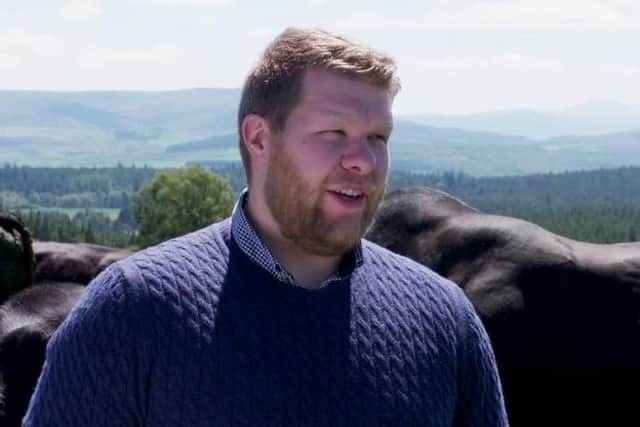QMS get set to reconnect with livestock industry
And the revival of the hugely popular monitor farm initiative, supported by £1.79 million of Scottish government funding, is set to form the centrepiece of the reconnection with those at the grass roots of the country’s livestock industry.
A press briefing yesterday heard that while Brexit and the Covid-19 pandemic had introduced a whole host of new challenges to the commercial operations undertaken by QMS, the latter had also severely dented its ability to engage in the crucial face-to-face manner with farmers over the past two years.
Advertisement
Hide AdAdvertisement
Hide AdKeen to address recent criticism of the organisation’s operations – including changes to the beef and lamb assurance scheme – which had been expressed in some parts of the country, both QMS chair Kate Rowell and recently appointed chief executive Sarah Millar said that while some of the issues had already been dealt with, they were in listening mode and were going all-out to hear producers’ views at a series of special meetings and a host of shows and other events throughout the summer.


And the revival of the monitor farm initiative, which became part of the fabric of Scotland’s livestock sector over the past two decades, is likely to represent the trump card in the organisation’s efforts to get producers back onside.
Announcing the Monitor Farm 2.0 initiative – with nine new farms set to be recruited from across the country – QMS head of industry development, Bruce McConachie, said that while the projects would follow the previous formula, the plan was to go “further and deeper” into the businesses chosen to act as monitor farms.
He said this would also involve the acceleration of the introduction of new approaches and practices in the 4½ year run of the projects to allow the benefits to be more swiftly appreciated.
Each monitor farm would once again have its own community group – but new technology would be used to make each project available to wider audience, rather than just neighbouring farms: “We intend to mine a far greater level of detail, and getting right under the bonnet of the chosen businesses and looking at cash flow, employment, animal health, tax and succession planning as well as enterprise costings we hope to see how bold and dynamic changes can help businesses evolve.”
♦ QMS director of marketing and communications, Lesley Cameron, also highlighted how the 70 per cent of QMS’s £7 million budget was spent on promotion. But with much of the spend being directed at encouraging the growing number of Flexitarians to continue eating meat, the target audience of largely urban 18-39 year olds, these efforts were seldom seen by levy payers.
Commenting on this lack of visibility, Rowell said that a choice had to be made to either spend money explaining the approach to farmers – or to spend it usefully.
Comments
Want to join the conversation? Please or to comment on this article.